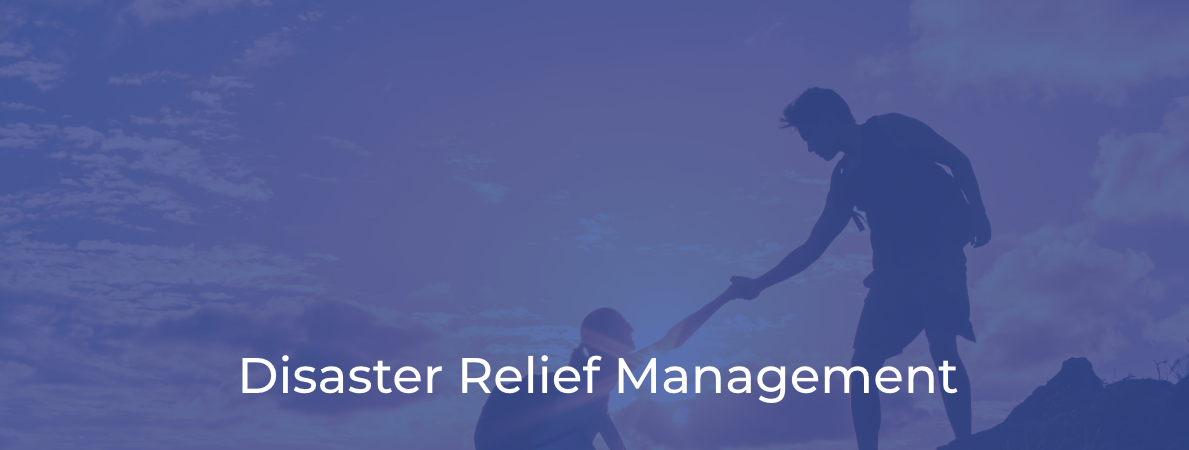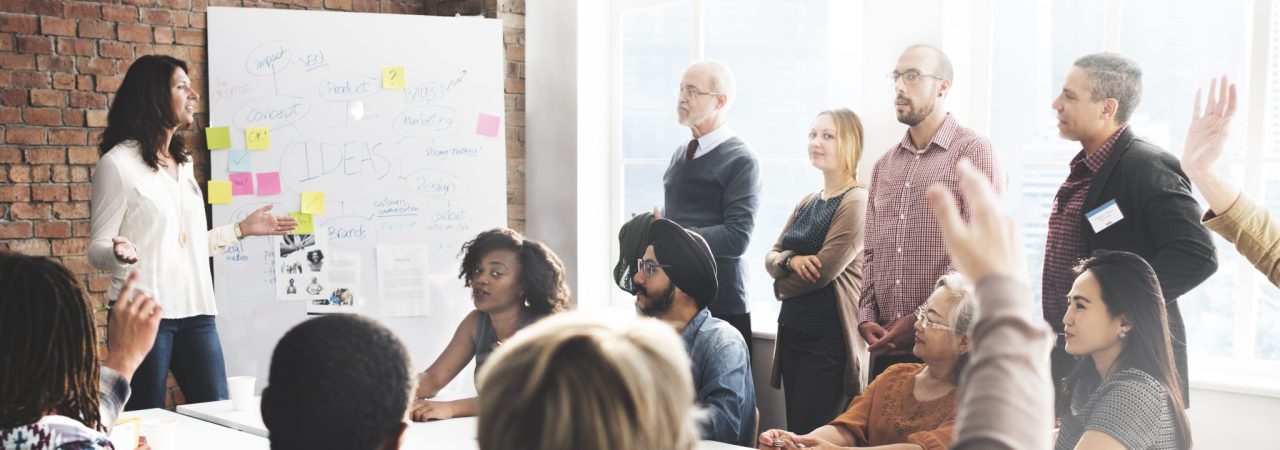A look back at 2020 shows that unprecedented challenges often lead to unexpected opportunity. We’ve all faced the impact of COVID-19 – from job loss to home-schooling our children to mental health concerns, or much worse – but in keeping with the resiliency of the human spirit, the scale and scope of the pandemic has driven innovation. COVID-19 showcased the huge opportunity for companies, on a global scale, to play a more pronounced, proactive and impactful role, through impact innovation.
We’ve seen many examples of companies searching for and implementing new ways to give over the last year, and here are some of our insights that reflect what we’ve learned about how to respond to a pandemic, how COVID-19 led to innovation, and how companies can adapt and prepare.
The impact of immediate relief
While no one could have predicted the magnitude of COVID-19, with the proper infrastructure in place companies are able to respond to adverse situations proactively as soon as they arise, including through directed individual relief platforms, which provide companies, their employees and the extended community the tools and technology to aid approved individuals and community causes.
For instance, we worked with Golf Now/NBC Golf to provide our disaster relief platform to country clubs during COVID-19, as many clubs were forced to completely close down or scale down operations. Our platform allowed clubs, their members and their community to donate, fully tax deductible, and for the clubs’ employees impacted by COVID to receive funds tax free. As an example, Del Paso Country Club in Sacramento, California, saw nearly $85,000 in donations for employees in two weeks.
“This platform gave us the ease and ability to quickly give relief to our staff,” said Jeremy Gregory, general manager and chief operating officer at Del Paso Country Club. “The resources to be able to see the donations, the requests and the results in real time have been inspiring and have taken a lot of stress off of our staff and our board.”
COVID-19 taught us that it’s crucial to have a rapid response plan, such as a directed individual relief platform, already in place. It’s impossible to predict when it will be needed, but when technology and tools are ready to be activated, companies can respond to any disaster type at any time.
Rallying around a cause – with options
As we’ve seen through the pandemic, companies and individuals have been rallying around specific cause initiatives, curating lists of charities that fall under a cause initiative for their employees to support, rather than identifying one specific charity. This offers employees the opportunity to participate in a company initiative and support a charity that has a focus and priority that is meaningful to them personally, without having to conduct extensive independent research.
Last summer, for example, our client LIVELY approached us about using their matching funds to initiate a social justice campaign. We helped LIVELY formulate a list of 10 charities that promote social justice through a variety of areas including legal, advocacy and women’s empowerment. Employees were able to use the curated list as a resource and use LIVELY’s fund to donate to charities that were meaningful to them, including the NAACP Legal Defense and Education Fund, Black Girls Code Inc, and the Black Mental Health Alliance for Education and Consultation Inc. Through the company initiative, LIVELY supported social justice causes, and gave employees a voice and choice to demonstrate their support for the cause on an individual level.
Matching drives participation
Building a charitable giving program is great, but the ultimate goal is employee adoption of the platform. A matching mechanism helps achieve that goal as it enables employees to make a larger impact through their donation, with many companies so much as double- or triple-matching employee donations. In an article in Inside Philanthropy, Chief Executives for Corporate Purpose (CECP) estimates that 92% of companies included at least one matching gift program in their portfolios.
However, companies do not need to stop at engaging with their employees; by finding creative and inspiring ways to invite the community to participate in their giving platform, companies are not only expanding their impact, but also their network. An example of this is our partnership with WeSpire and the Akamai Foundation on Akamai’s COVID-19 and social justice campaigns, through which donors – not limited to employees – could access public pages and choose a charity from Akamai’s curated charity list; each donation was matched by Akamai.
A pandemic creates hardships but through those hardships also comes opportunity. It is important to be prepared with a plan and tools that enable your company to respond when a disaster takes place. By making a sustained, ongoing difference and building infrastructure, companies make it easier to give back and engage when it is needed most. COVID-19 showed us that through impact innovation, companies can proactively make an impact on society, even through difficult times.



